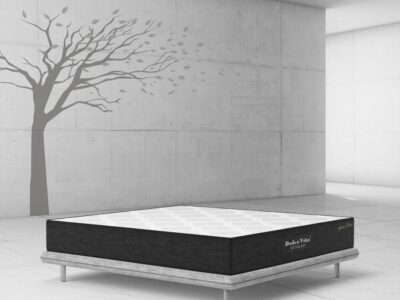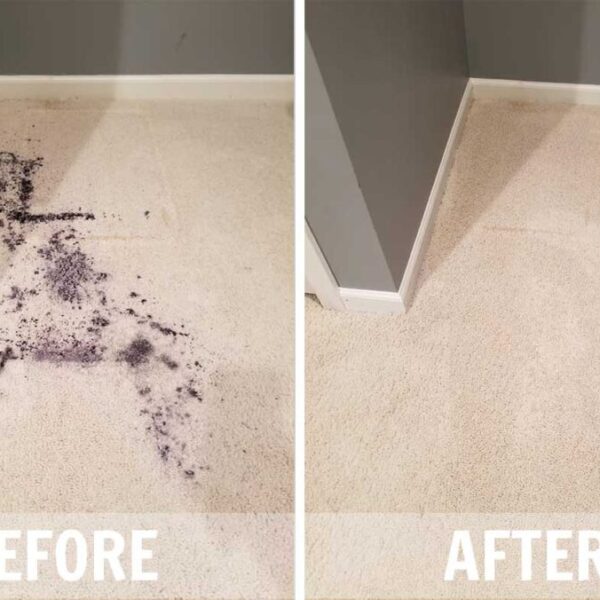
Gardening enthusiasts often face the challenge of limited space and fluctuating seasonal conditions, yet the aspiration to maintain a vibrant garden throughout the year remains a common goal. Planter boxes emerge as a versatile solution, enabling gardeners to cultivate a variety of plants across different seasons.
Understanding Seasonal Planting
To achieve a garden that thrives throughout the year, it’s important to understand the growth cycles and seasonal requirements of different plants. Year-round gardening involves rotating crops based on the season, ensuring there’s always something growing, blooming, or ready to harvest.
Spring: A Time for Planting
Spring heralds the beginning of the gardening season for many regions. It’s the ideal time to plant a variety of vegetables, herbs, and flowers that thrive in mild temperatures.
- Vegetables: Lettuce, kale, and peas.
- Herbs: Parsley, cilantro, and chives.
- Flowers: Pansies, snapdragons, and primroses.
Summer: Growth and Maintenance
Summer demands attention to watering, pest management, and harvesting. Heat-tolerant plants are key during this season.
- Vegetables: Tomatoes, peppers, and cucumbers.
- Herbs: Basil, thyme, and oregano.
- Flowers: Marigolds, zinnias, and petunias.
Fall: Transition and Preparation
Fall is the season to start planting cool-weather crops and to prepare perennials for the coming winter.
- Vegetables: Broccoli, spinach, and carrots.
- Herbs: Dill, sage, and rosemary.
- Flowers: Mums, asters, and pansies.
Winter: Protection and Planning
In colder climates, winter is a time for protection and planning. Some hardy plants can still grow, while others may need to be moved indoors.
- Vegetables: Kale, garlic (for spring harvest), and leeks.
- Herbs: Mint, thyme, and rosemary (in milder climates or indoors).
- Flowers: Winter pansies, hellebores, and evergreens.
Essential Tips for Year-Round Planting in Planter Boxes
Adapting planter boxes for year-round gardening requires strategic planning and care. Here are some tips to keep your garden vibrant through all seasons:
- Choose the Right Planter Boxes
Select a planter box made from durable materials that can withstand the elements year-round, such as cedar or high-quality plastic. Ensure they have adequate drainage and are large enough to accommodate the root systems of your chosen plants.
- Soil Management
The key to a successful planter box garden is high-quality soil. Use a mix that’s appropriate for the types of plants you’re growing and enrich it with compost to replenish nutrients. Regularly check the pH and adjust as necessary.
- Seasonal Rotation
Plan your plant rotation carefully, transitioning from season to season. Clean out planter boxes at the end of each growing period, removing spent plants and refreshing the soil before introducing new plants.
- Watering Wisely
Water requirements vary by season, plant type, and weather conditions. Implement a consistent watering schedule, adjusting for rainfall and temperature changes. Consider a drip irrigation system for efficient watering.
- Mulching Matters
Mulch helps retain soil moisture, regulates temperature, and suppresses weeds. Apply a layer of organic mulch, such as straw or shredded leaves, to your planter boxes with each seasonal change.
- Pest and Disease Control
Monitor plants regularly for signs of pests and diseases. Use organic pest control methods whenever possible and remove any affected plants promptly to prevent spread.
- Maximizing Light Exposure
As the seasons change, so does the sun’s position. Move portable planter boxes to optimize sunlight exposure, ensuring plants receive the necessary amount of light for growth.
- Protecting Against Extreme Weather
In regions with harsh winters or scorching summers, planters may need additional protection. Use covers to shield plants from frost or excessive heat and consider insulating planter boxes in winter.
- Embrace Seasonal Varieties
Take advantage of the vast array of plants suited to different seasons. Experiment with new varieties each year to discover what thrives best in your garden’s microclimate.
- Continuous Harvest and Succession Planting
To maintain a continuous supply of vegetables and herbs, practice succession planting. Start new plants in intervals, ensuring a staggered harvest throughout the season.
Conclusion
Year-round gardening in planter boxes is a fulfilling practice that rewards gardeners with a continuous display of greenery and blooms, regardless of the season. By understanding the needs of plants during each season, selecting the right materials, and applying the tips outlined in this guide, you can maximize the potential of your planters. Whether you’re cultivating a kitchen herb garden, a floral display, or a vegetable harvest, planter boxes offer a versatile and space-efficient solution to keep your garden thriving all year long. With careful planning and a bit of creativity, the changing seasons can bring new opportunities for growth, experimentation, and enjoyment in your garden.










